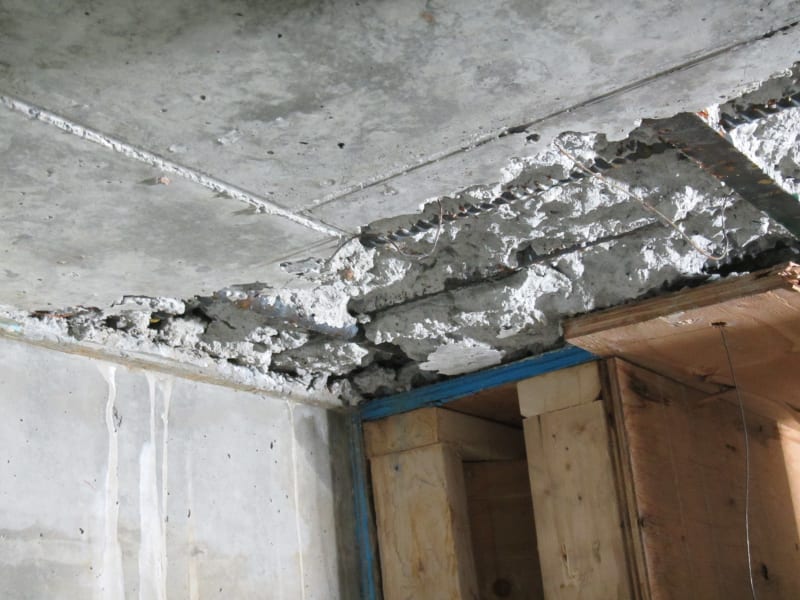Unless you’re an asbestos professional, don’t touch materials you suspect contain it. Perth Asbestos Removal should take samples and analyze them.
Generally, material in good condition won’t release fibers, but it can be disturbed by handling or remodeling, and then the fibers will become airborne and be inhaled. Asbestos abatement professionals follow strict protocols, and they use the right equipment to keep themselves safe.

Asbestos is a dangerous, fibrous material that medical professionals have linked to numerous diseases for decades. When it is airborne, asbestos can cause a variety of health issues, including respiratory problems such as asthma and mesothelioma. This is why it is so important to regularly check your property for asbestos and have any that is found removed as quickly as possible. Fortunately, many asbestos professionals can help you with this process.
However, before hiring an asbestos professional, check their credentials carefully. Look for accreditation, training, experience, and a good reputation in the industry. It is also a good idea to hire two different companies if you need both testing and correction services done. This will prevent any conflicts of interest from occurring.
The inspection process during asbestos removal starts with visually examining the area. A licensed inspector will review all the areas and components in the building that may contain asbestos and note any that need corrective action. The inspector will then provide a written evaluation of the areas in question and any recommendations for correction or prevention.
During the inspection, the work area must be sealed off to prevent asbestos from entering other parts of the building or the surrounding neighborhood. The work area should be enclosed with plastic sheeting, and all windows, vents, and exhaust ducts should be shut. The work area should also be marked as a hazardous area, and the contractor should turn off the heating and air conditioning system to prevent the spread of the dust.
During this inspection, the inspector will take samples of materials likely to contain asbestos and analyze them in a laboratory. It is best not to try to sample any material yourself since this can increase the health risks associated with asbestos if the fibers are released and inhaled. Instead, only material that is damaged or will be disturbed should be sampled.
The inspection will also include a determination of the completeness of any reduction. If any materials are left behind that were supposed to be removed, the inspector will note this and recommend that the contractor clean the areas to remove any remaining material.
Before the removal process can commence, it must be determined whether the material contains asbestos. A professional inspector will take samples of the suspect material for analysis. These samples must be taken in a manner that does not create any risk to the person taking the sample or any persons who will later be in the area from where the sample was taken. For example, the sample should not be taken by cutting, breaking, or scraping the material, as this can cause fibers to break off and be released into the air. The sampling method used should be appropriate for the type of material and the type of testing required. Examples include PLM, which can be used for a wide range of materials and can easily distinguish asbestos from other fibers, and TEM, recommended for more specialized sampling, such as in soil.
If the results indicate that the material contains asbestos, it must be removed and encapsulated by a qualified abatement contractor. This process converts the fibers into a non-hazardous, reusable material that can be reused in construction materials or as packing materials. This also reduces the volume of waste and helps save space in landfills.
The material must be wetted before it is double bagged in 6-millimeter plastic bags and sealed in a leakproof container with an airtight seal. The waste must be labeled and transported to a special asbestos disposal site. The waste must not be thrown out with regular rubbish as it can pose a health risk to others.
If the material is in good condition and will not be disturbed during remodeling or other activities, it may not need to be removed. A professional inspection can advise on this matter and can also provide advice about what corrections should be made by a professional corrective or remediation contractor. Asbestos professionals are highly trained to handle asbestos products. They can inspect the product, assess it, and make recommendations about what needs to be done to the product to prevent further damage and potential health risks.
Once a survey has revealed the presence of asbestos in your building, abatement contractors must perform a detailed work plan. This includes constructing containment to prevent asbestos from spreading throughout the rest of your property while they are working. This is one of the most important steps of any abatement job, and you can see it in action in this video. Clear poly sheeting creates an airtight seal over the area where workers will be doing their work. It is extremely important to take the time needed to construct this barrier properly. It must be held together with tape – not just any tape, but duct or painter’s tape that will hold up to the abuse of an abatement job.
Contractors will also use duct or pipe tape to create a barrier around any venting in the room. This is important because it will prevent abatement dust from escaping the contained area and traveling through the house or business. It is also important to turn off any heating or air conditioning units in the work area. It will be a lot easier to work with the materials if they aren’t hot.
Asbestos fibers are tiny and can easily become airborne. They can travel through a house or business and can be inhaled by unsuspecting workers or even by household members. To protect themselves, all workers wear disposable suits, hoods, gloves, and shoe covers. They also wear masks that have been fit to ensure they are comfortable and will pass a face-fit test. They should only leave the work zone after wearing fresh masks and ensuring they’re fully sealed. The regulations also require that a change room be set up between the abatement area and the non-abatement area to allow for cleaning and changing equipment.
While the specific procedures vary, most asbestos abatement projects will involve wetting the materials to reduce the release of particles. Once the reduction is completed, the materials are wrapped in plastic and disposed of in a specially prepared dumpster. A third-party company will then monitor the surrounding areas to ensure no elevated fiber levels outside the work area. The abatement area must be re-inspected after cleaning and before the workers exit the containment.
During asbestos removal, workers will seal off areas where the work will be done. They will use specialized cleaning equipment to remove asbestos materials and to contain the contaminated air. They will take air samples to ensure the contaminant levels are below OSHA regulations.
Asbestos is a naturally occurring mineral that is very strong and heat resistant. It was used in thousands of products, including floor tile, exterior siding, roofing materials, and automobile brakes. However, it has been proven to cause lung cancer and mesothelioma when inhaled. Because of the risk of exposure, it is important to have asbestos materials removed by professional contractors during renovations and demolitions.
While most building materials containing asbestos have been banned from production, older buildings may still have some asbestos-containing materials. Regardless of the age of the structure, asbestos abatement is usually required before normal demolition can begin.
Once asbestos is removed from a structure, it must be transported and disposed of safely. This can be a time-consuming process. The waste must be separated from other trash and placed in special EPA-approved containers. Then, it must be transported to a landfill or waste treatment facility. Some companies offer asbestos recycling, which involves heating the waste and turning it into a non-toxic ceramic fiber.
Before hiring an asbestos contractor, you should research the company’s qualifications. Many states and cities have different requirements for companies that perform asbestos abatement. Some only do removal, while others offer a full range of remediation services and can repair ACMs in addition to removing them. Some also have monitoring firms that they contract with to ensure that their clients are complying with state and city regulations.

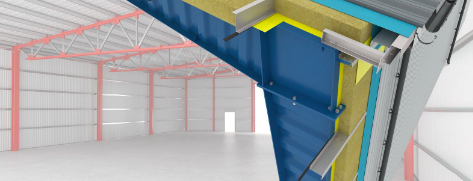
 Steel structures can be used to build various buildings, including warehouses, churches, storage centers, and even office spaces. They can also span longer distances, making them an excellent option for larger structures. Steel building frames can be designed to meet local area codes and load limits, which helps ensure that your new structure will be safe and up to code.
Steel structures can be used to build various buildings, including warehouses, churches, storage centers, and even office spaces. They can also span longer distances, making them an excellent option for larger structures. Steel building frames can be designed to meet local area codes and load limits, which helps ensure that your new structure will be safe and up to code. 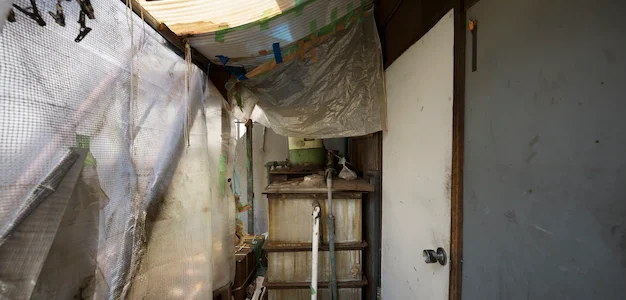
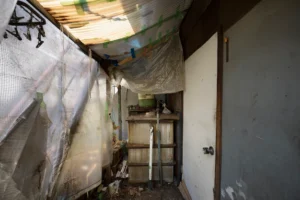


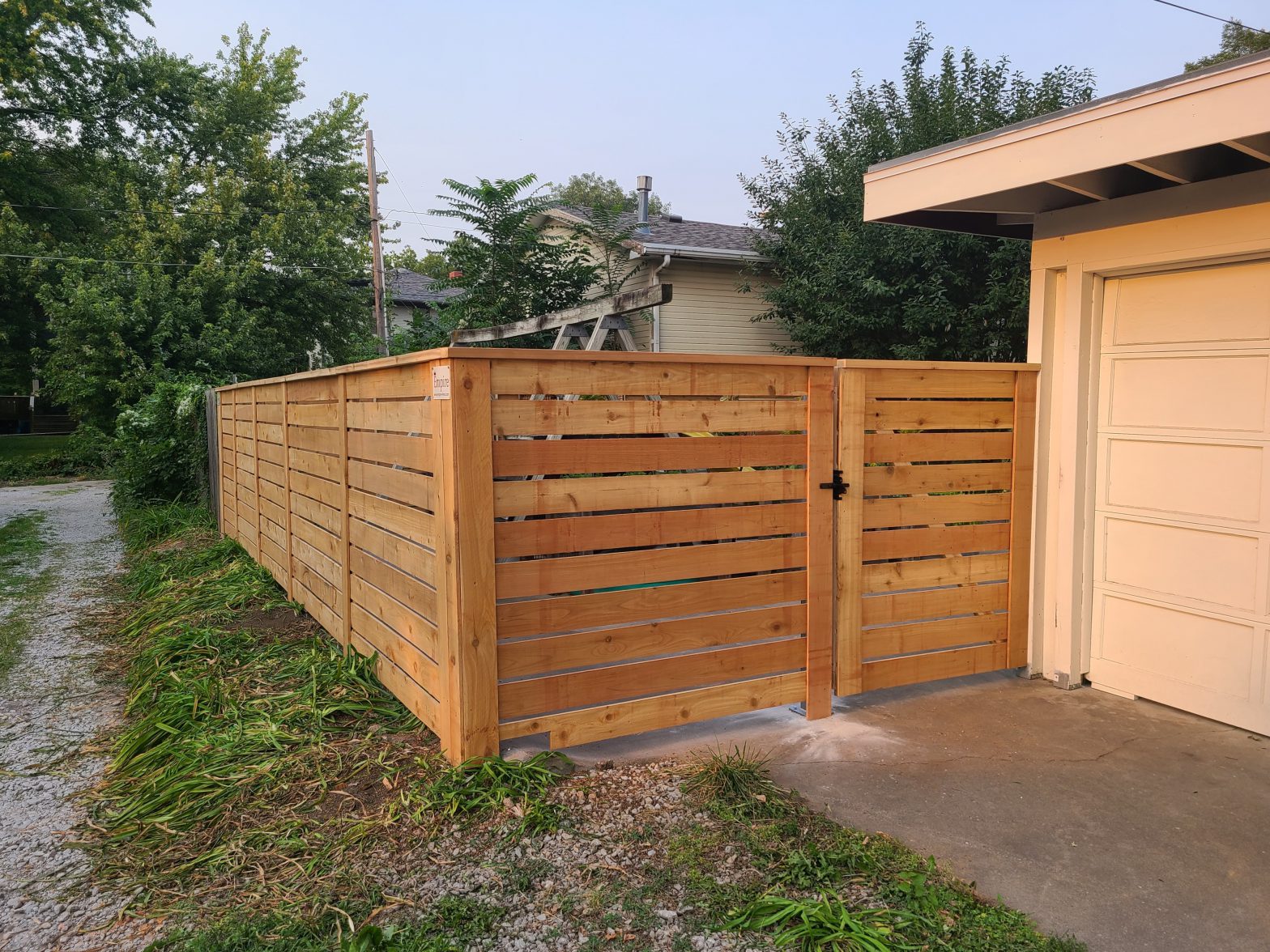

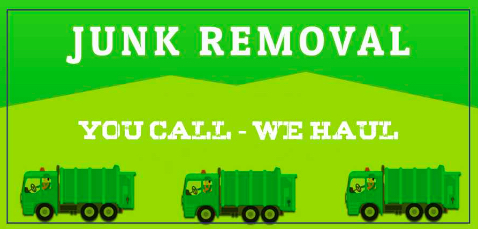
 Many industrial operations generate hazardous waste materials. Hazardous wastes are a complex category of regulated wastes that must be handled and disposed of according to federal, state, and local regulations. In addition, the disposal of these wastes requires special precautions to prevent environmental damage. If not handled correctly, hazardous waste can lead to contamination of soil and water supplies. It can also harm human health, which may require emergency cleanup. To minimize the risk of environmental contamination, it is important to hire a rubbish removal service that specializes in handling and disposing of hazardous waste.
Many industrial operations generate hazardous waste materials. Hazardous wastes are a complex category of regulated wastes that must be handled and disposed of according to federal, state, and local regulations. In addition, the disposal of these wastes requires special precautions to prevent environmental damage. If not handled correctly, hazardous waste can lead to contamination of soil and water supplies. It can also harm human health, which may require emergency cleanup. To minimize the risk of environmental contamination, it is important to hire a rubbish removal service that specializes in handling and disposing of hazardous waste.



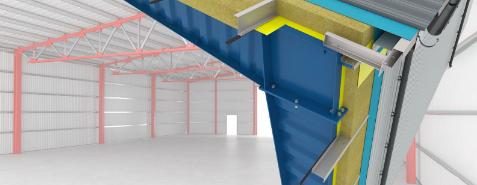
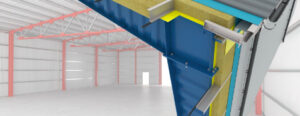 Steel structures can be used to build various buildings, including warehouses, churches, storage centers, and even office spaces. They can also span longer distances, making them an excellent option for larger structures. Steel building frames can be designed to meet local area codes and load limits, which helps ensure that your new structure will be safe and up to code.
Steel structures can be used to build various buildings, including warehouses, churches, storage centers, and even office spaces. They can also span longer distances, making them an excellent option for larger structures. Steel building frames can be designed to meet local area codes and load limits, which helps ensure that your new structure will be safe and up to code.